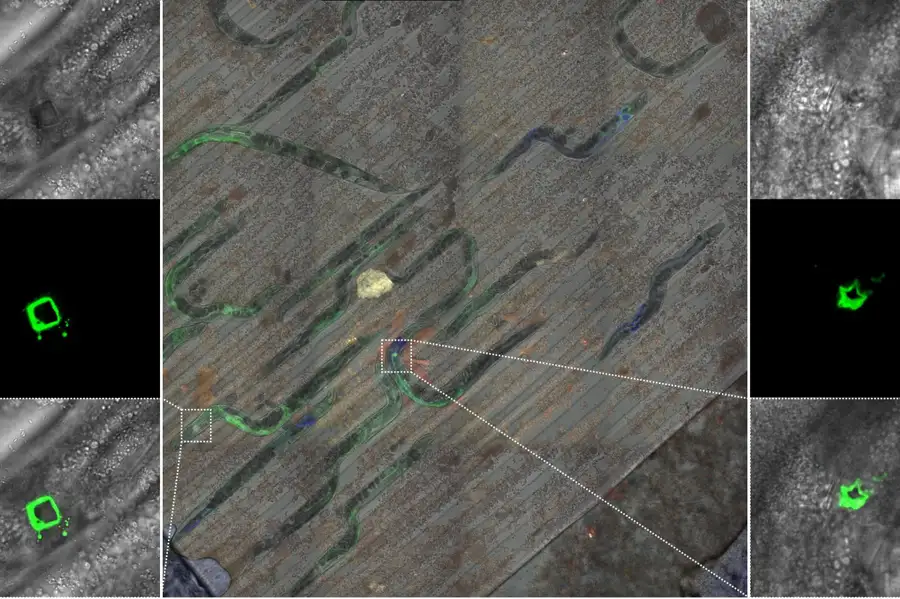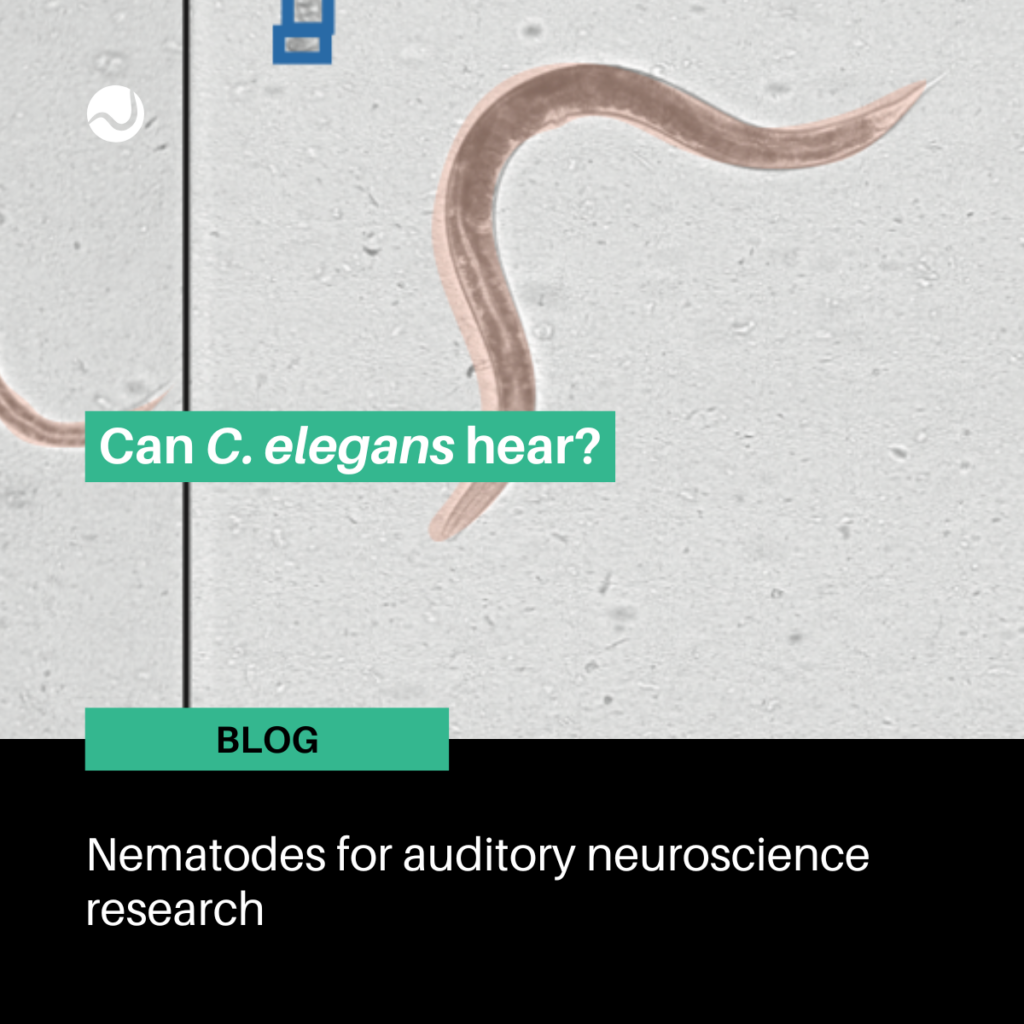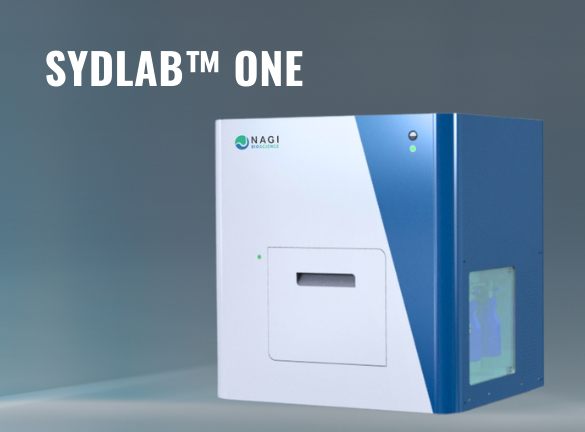
Once again C. elegans nematodes made the news for being the first model in a breakthrough. This time? They are the first living organism into which 3D-printed conductive circuits were successfully printed. Welcome to this weeks blog: 3D-printed conductive circuits into C. elegans worms.

As the quest to integrate electronics with living tissue gains momentum, a groundbreaking approach has emerged – 3D printed circuits in living worms. Yes, you read it right. Researchers at the Lancaster University (United Kingdom) have recently made a breakthrough in the field using a photonic 3D printer and their ink formulation, which incorporated the conducting polymer polypyrrole, previously proven effective in electrically stimulating cells in living animals. Their technique theoretically enables the printing of conductive circuits inside living organisms.
This innovative approach has demonstrated promising results in C. elegans nematodes, being able to print stars and squares shapes. The potential? The researchers believe that this could be the beginning of the future of brain implants and other cutting-edge medical technologies to treat various neurological conditions.
Printed circuits inside living organisms
The core of this breakthrough lies in the unique capabilities of photonic 3D printers. These printers employ lasers to shape and render conductive materials. By utilizing an ink infused with fluorescent plastic polypyrrole, the scientists successfully printed conductive circuits within the living bodies of the worms. Although the current experiments have been conducted on worms, the researchers believe that this technique has the potential to be applied to larger organisms, including humans. This is the first time that such a procedure has somehow positive results, since past attempts employing other techniques and approaches were highly invasive and non-effective.
The team chose the roundworm C. elegans due to its sensitivity to heat, injury, and desiccation, being the perfect model organism to prove for the first time their technique. Beforehand, they modified the ink to ensure its non-toxicity to C. elegans and mixed it with the bacterial paste they fed on. Subsequently, the worms were placed under the high-resolution laser printer, which generated square and star-shaped structures on the worms’ skin and within their gut. Although the moving gut hindered proper shaping, this experiment showcased the feasibility of printing shapes inside living organisms.
Wide-Ranging Applications
While the printed shapes lacked functionality in the current study, experts anticipate that this approach could eventually enable the creation of electronics intricately intertwined with living tissue. However, further extensive research and development are necessary before applying the technique to other animals and humans.
The possible future implications of this breakthrough encompass a broad spectrum of applications. In the field of biomedicine, this technology could revolutionize the development of brain implants. By printing conductive circuits directly into the brain, scientists may be able to enhance the efficiency of implants and minimize potential complications associated with traditional implantation methods. According to Dr John Hardy, co-author of the study, the technique could potentially be able to also fix broken implanted electronics. Furthermore, customized implants could be tailored to fit individual patients’ needs, leading to improved outcomes in the treatment of neurological conditions such as Parkinson’s disease or epilepsy, opening new frontiers in neuroscience research.
Interested in knowing more about C. elegans and cutting-edge science? Check out our related blog posts






